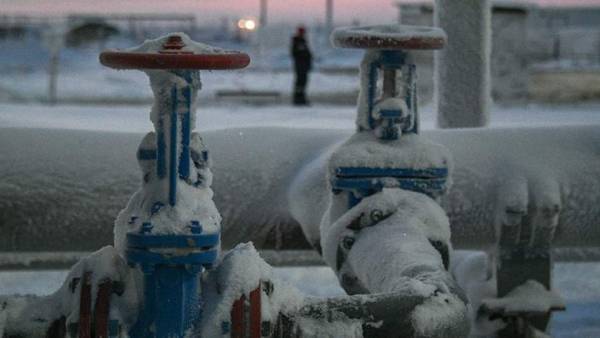
Environmental organizations opposed the project. As Les Amis de & nbsp; la & nbsp; Terre France writes, “ located in the & nbsp; center of a region that heats up & nbsp; three times faster than & nbsp; the rest of the planet, '' Arctic LNG & nbsp; & mdash; 2 '' & nbsp; will produce almost 20 & nbsp; million tons & nbsp; of liquefied gas per & nbsp; year and & nbsp; take advantage of melting ice to & nbsp; export its products to & nbsp; Europe and & nbsp; Asia via & nbsp; Northern Sea Route.
& laquo; Extraction of hydrocarbons and & nbsp; construction of appropriate infrastructure in & nbsp; such a fragile ecosystem also have serious implications for & nbsp; biodiversity & nbsp; & nbsp; & mdash; the organization said in a & nbsp; statement.
However, the French boycott not enough to & nbsp; stop the project, says La & nbsp; Tribune. He & nbsp; has already received almost 10 billion euros from & nbsp; a number of international banks, half of which & nbsp; & mdash; Russian. Thus, 60% of 'Arctic LNG & nbsp; & mdash; 2 '' belongs to Novatek, which at & nbsp; at the end of November entered into loan agreements with & nbsp; international and & nbsp; Russian banks for & nbsp; up to & nbsp; 9.5 billion euros for & nbsp; up to & nbsp; 15 years. Another 40% of the project in & nbsp; equal shares are owned by French TotalEnergies, Chinese CNPC (China National Petroleum Corporation) and & nbsp; CNOOC (China National Offshore Oil Corporation) and & nbsp; Japanese Japan Arctic LNG.
Of & nbsp; this amount 2, 5 billion euros will be provided by Chinese banks, including the China Development Bank and the Export-Import Bank of China. So much & nbsp; same & nbsp; will provide financial institutions of the Organization for Economic Cooperation and & nbsp; Development (OECD), including the Japanese Bank for International Cooperation JBIC. The remaining 4.5 billion euros will be provided by the Union of Russian Banks, which & nbsp; which includes, in particular, Sberbank, Gazprombank and & nbsp; its subsidiary Bank GPB International.
Arctic LNG & nbsp; & mdash; 2 '' provides for the construction of three technological lines for & nbsp; production of LNG with a total capacity of 19.8 & nbsp; mln tons per year and & nbsp; stable gas condensate up to & nbsp; 1.6 & nbsp; mln tons per & nbsp; year. The launch of the first line of the plant is planned in & nbsp; 2023 & nbsp;, the second and & nbsp; third & nbsp; & mdash; in & nbsp; 2024 and & nbsp; 2026 respectively.